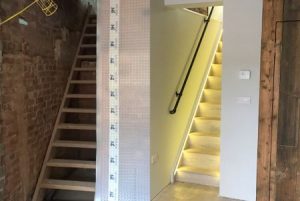01732 360 095
The difference between waterproofing and tanking
We are frequently asked about the difference between tanking and waterproofing. This is a common question for people who are looking to convert a basement or cellar into a dry space. Basement waterproofing typically refers to all types of waterproofing system (barrier, integral and drained waterproofing). Basement tanking, or cellar tanking, describes the application of one type of coating or membrane (barrier protection). We provide products for all types of waterproofing, and often recommend that systems are combined for optimum protection against water.
What is Basement Waterproofing?
Basement Waterproofing is the general term for all methods of waterproofing used to keep basements or cellars dry. This includes the installation of a ‘Type C’ Cavity Drain System. This system manages water seeping into the property and moves it safely away to a pump or safe drainage.
What is Basement Tanking?
Basement Tanking is the application of a membrane or coating to the inside or the outside of the structure. This stops water entering the habitable space of the property thus making the basement watertight. Within the waterproofing industry this is defined as ‘Type A’ waterproofing.
Does tanking stop rising damp?
Tanking and/or waterproofing are required when the structure sits below the ground, meaning the ground outside is a route for water to be delivered against the structure. This water can penetrate through the fabric of the walls and floor and requires a barrier system (tanking) or water management system (waterproofing) to deal with this occurrence.
Rising damp is generally associated with walls situated above the ground where moisture from the ground rises through the capillaries in the wall fabric, this is known as capillary action. The most common treatments for treating capillary held moisture and rising damp are chemical damp proof courses combined with renders including salt retardant or waterproof additives and cavity membranes which provide an impervious barrier to moisture and moisture vapour.
It’s important to have your property checked by a professional before undertaking any damp proofing work. They will be able to advise you on the extent of your damp problems and offer solutions for the best way to prevent any further water damage and to keep the interior of your property permanently dry.
What are the options for tanking and waterproofing an existing property?
- Option 1 – Cavity Drain System – comprising waterproof membranes, drainage, pumping, and control systems. These systems manage water entering the property and safely remove it.
- Option 2 – Tanking Membrane, Coating, or Slurry to hold back the groundwater from entering the building.
- Option 3 – A combination of the two for maximum protection. This should be considered if the structure is very porous and so at the risk of allowing too much water to enter for the Cavity Drain System to deal with. In all cases, the flow of water should be stemmed as much as possible.
|
|
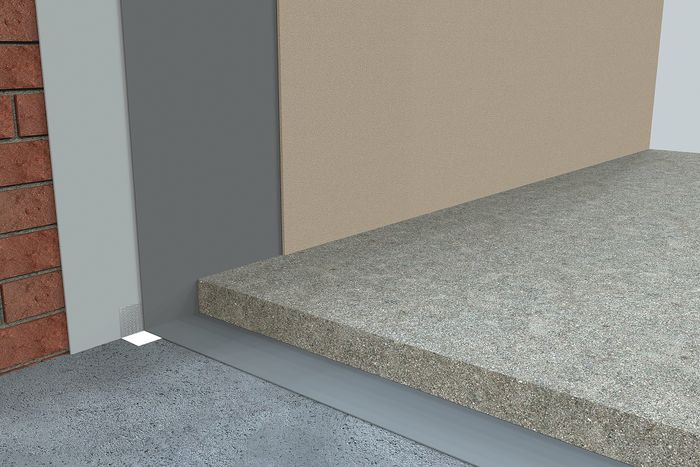
A Tanking Membrane or Coating provides a physical barrier to prevent water entering the building. |
The safest approach
We always recommend that a Cavity Drain System is included as part of the waterproofing approach for existing structures. This solution is much less risky than relying on a tanking membrane or coating.
If the tanking is defective due to poor installation, preparation, or impact damage, water will enter the structure and compromise the internal habitable space. Because a Cavity Drain System does not resist the water ingress, it is much less susceptible to these issues and will remain effective even when the membrane is slightly damaged.
The waterproofing design should consider the possibility of the full height of water around the structure. This is true even where investigations show that the groundwater level is lower than this. Changes to watercourses, perched water tables and even burst water pipes can quickly result in full ground saturation and a full head of water pressure.
What the British Standard for Waterproofing recommends
British Standard for Waterproofing, BS 8102:2022 is used by architects and designers to ensure that basement waterproofing is carried out in the safest possible way. The British Standard recommends ‘Type C’, or Cavity Drain Membrane Waterproofing is maintainable.
The Newton CDM System utilises drainage channels that are placed at the weaknesses within the structure to depressurise and collect water entering the property. This drainage system includes accessible Inspection Ports which allow for the waterproofing system to be accessible and maintainable. ‘Type C’ waterproofing without these drainage channels are not maintainable and so fall foul of the recommendations within BS 8102:2022. Thus, these installations are not allowed by most major UK building insurance companies.
Newton Specialist Basement Contractors will always use a maintainable Cavity Drain Waterproofing System. They will provide the homeowner with a meaningful, underwritten guarantee for the waterproofing.
What’s next?
Please contact us if you require any further information about tanking and waterproofing or advice as to the best approach for your project. We work in close partnership with our Newton Specialist Basement Contractors to ensure the safest installation of our products and associated guarantees. Please contact us using the form below for technical advice and a list of Contractors in your area.
FAQ
Is it worth tanking a cellar?
If you are considering a cellar or basement conversion, cellar and basement tanking is an excellent method to ensure waterproofing. It is essential to make your cellar waterproof if you plan to utilize the space for any living purposes.
How long does tanking last for?
Tanking systems can also be utilized in existing basements or cellars, particularly when the external sides are inaccessible. The longevity of these systems can span up to a decade, and with proper installation, they might even endure beyond that.
Customer Success Stories
Our latest customer reviews from Feefo - the award winning review platform

Speak to our friendly, expert team
Our staff are able to provide guidance for projects of all sizes, whether you require some general advice about damp or waterproofing, or support with technical drawings and specifications.


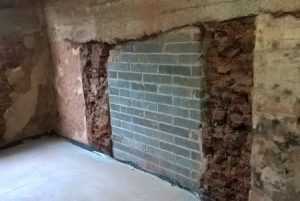
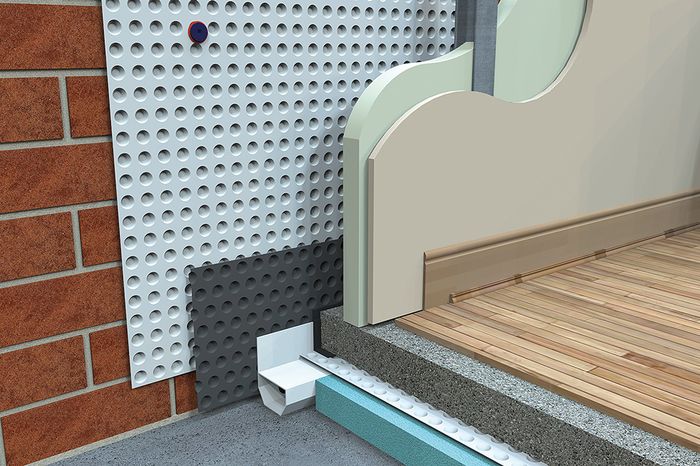 A Cavity Drain System comprises waterproof membranes, drainage and/or pumps working together to safely remove water entering the building.
A Cavity Drain System comprises waterproof membranes, drainage and/or pumps working together to safely remove water entering the building.